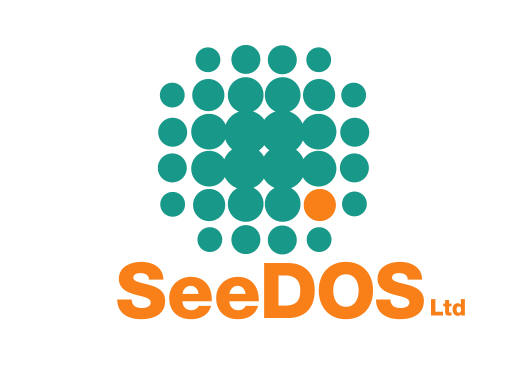Percutaneous Vertebroplastic
is an effective new interventional radiological method
for bone pain relief and spinal stabilization which
avoids complicate and expensive traditional
reconstructive surgery whenever unnecessary.
Method:
Bone is punctured under radiological and/or computer
tomographical control using a special application kit.
Treatment is performed under local anaesthesia, often
combined with neuroleptanalgesia. After placing the
needle in the area of pathological fracture or bone
tumor, a low-viscosity bone cement is injected through
the needle under permanent x-ray control.
The cement hardens in shortly giving the bone cement new
stability.
VERTOPLAST®
Bone Cement Delivery System now offers leading
technology to physicians with the first-ever reusable
driver.
VERTOPLAST®
allows precise delivery of bone cement under active fl
uoro while keeping hands well outside of the fluoro
field.
Features/Benefits:
Reinforced
Design
Allows longer working time, especially with thicker
cements.
Reusable
Driver
Extremely cost-effective, easy to control handle for
uncomplicated two-handed operation, consistent and
controlled pressure during procedure.
Precise
Delivery
More precision: ¼ turn delivers 0.0625 ml (one turn =
0.25 ml)
Ergonomic
Design
Finger-tip control with less fatigue
Special
Winged Needle
Easy insertion/removal & rotation in the vertebral body
Special
Needle bevel-edge
Easy steering of the needle/cement
Long Tubing
Keeps hands well outside the fluoroscopy field
Large
Reservoir
Can hold up to 10 ml of cement
Indications:
Painful compression fracture in osteoporosis Painful
tumours of the vertebral body (Metastasis, Myeloma)
Aggressive vertebral hemangioma
Access Routes:
Transpedicular approach in the thoracic and lumbar area
(optimal approach)
Posterolateral approach in the lumbar area (alternative
approach)
Anterolateral approach in the cervical area
Intercostovertebral approach in the thoracic area
(alternative approach)
